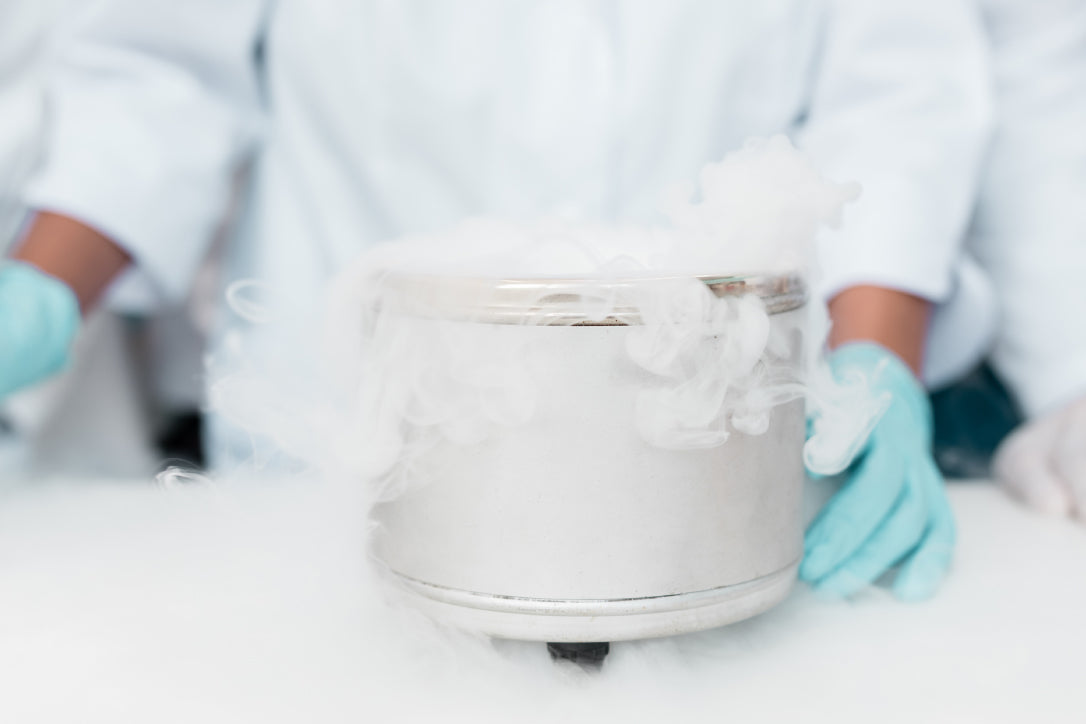Why Environmental Control is Crucial
Museums, art galleries, and archives are more than just buildings that house artistic and historical treasures. They serve as fortresses of culture and history, facing the dual responsibility of not only displaying these invaluable artifacts but also preserving them for future generations. Both art and history are crafted from sensitive, often organic, materials that require stable and controlled environments to maintain their integrity.
"From real-time humidity adjustments to predictive analytics for environmental threats, IoT is not merely a modern convenience—it's becoming an essential tool in extending the lifespan of irreplaceable artifacts and cultural treasures."
The Challenges of Constantly Changing Conditions
Public accessibility to museums and galleries leads to nearly constant shifts in internal temperature and humidity. Combined with the absence of modern HVAC networks in older buildings, creating an effective humidification system that can swiftly adapt to these changes becomes an operational challenge. The most common design condition aims for a relative humidity of 45-55%, with fluctuations ideally held within +/- 5%.
The Importance of Humidity and Ventilation
HVAC serves a dual role; not only does it ensure the comfort of staff and visitors, but it also mitigates the potential for mold growth, a particular concern in libraries. The right humidity sensor coupled with a humidifier becomes crucial in balancing the environmental requirements. However, one size does not fit all. Exhibits could be displayed on walls or housed in sealed display cases, each requiring unique solutions.

Methods and Solutions for Humidification
There are several approaches to maintaining optimal humidity levels:
- Spraying a Fine Mist: Useful but often less controlled.
- Releasing Steam: Preferred due to its reliability, low maintenance, and adaptability to older structures.
- Evaporation from Wetted Media: Employed in buildings without fixed humidifier facilities.
Modern Innovations in Preservation
Advancements in technology are revolutionising the way we preserve cultural heritage:
- Smart Sensors: IoT-enabled sensors offer real-time monitoring and adjustments.
- AI and Big Data: Used for predictive analytics, enabling proactive measures against environmental threats.
- Nano Coatings: Invisible layers that shield artifacts from dust and moisture.
Monitoring is the first line of defense. Tools such as EUCA’s monitoring instruments along with the Nvirosense platform, enable comprehensive data logging, alerts can also be configured for any deviations, making it easier to maintain ideal conditions. In addition to this, advances in machine learning and pattern recognition, even air quality is now a measurable factor in preserving art and artifacts.

A Collective Responsibility
Preserving our cultural heritage is a multifaceted endeavour that involves a blend of traditional methods and cutting-edge technology. The next time you step into a museum or gallery, remember that it takes a village—of conservators, historians, scientists—to keep history intact for future generations, and now, with the advent of IoT, we can extend the life span of artifacts thanks to the precision and control that IoT allows.





